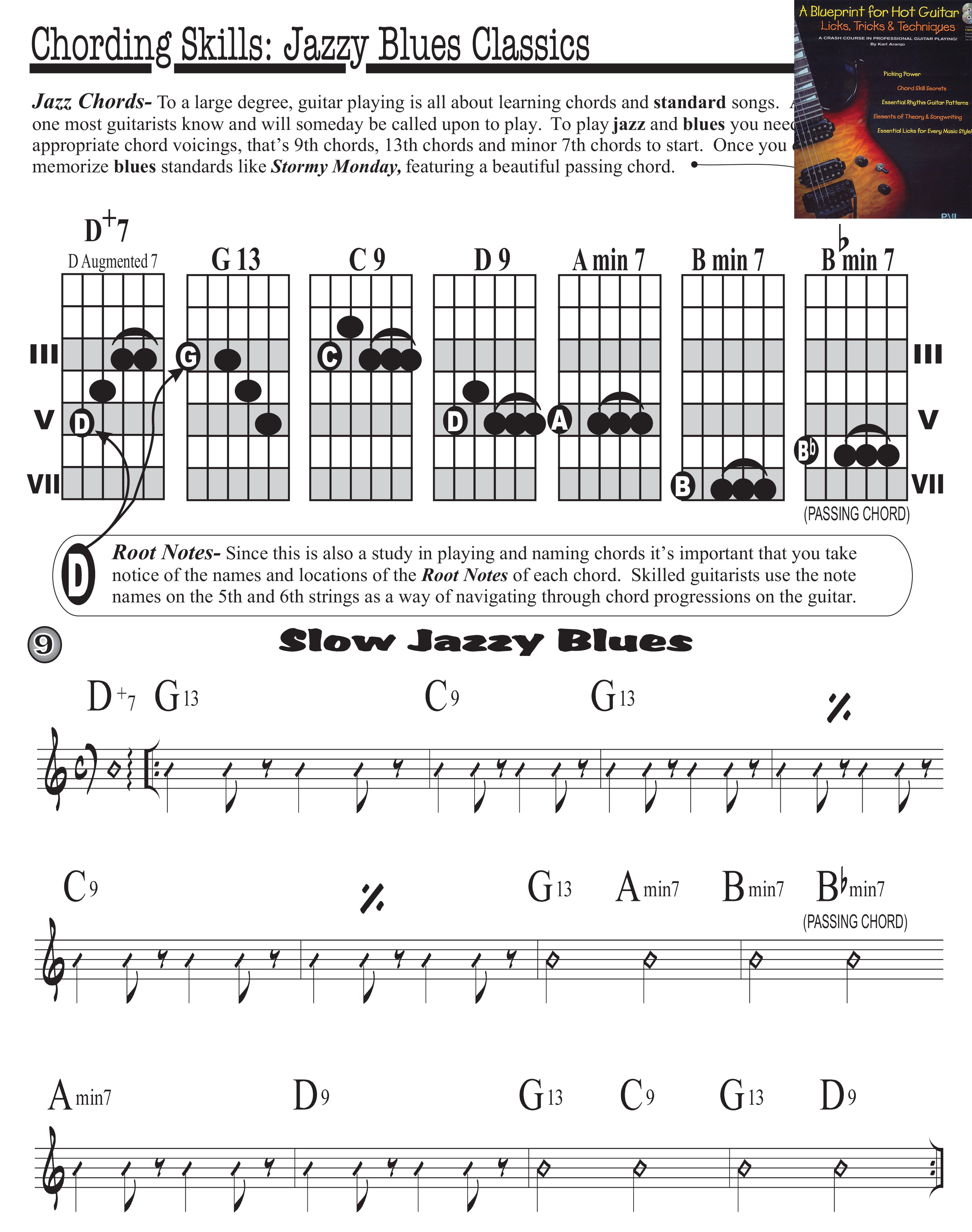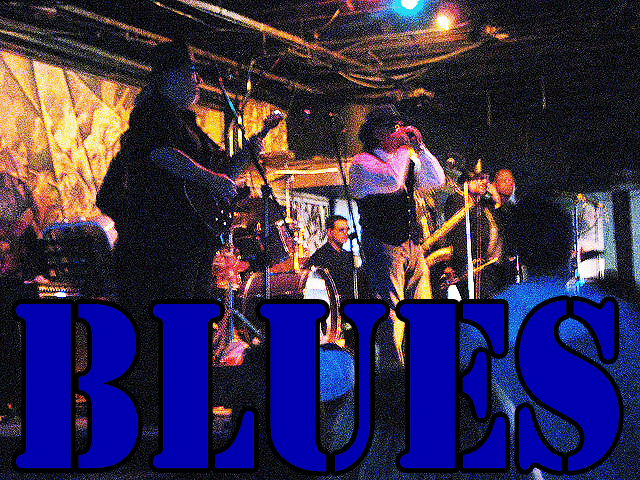Guitar Teachers And Students
Most come to teaching guitar as a supplement to a performing and writing career, in fact I would warrant a guess that many turn to guitar tutoring as a profession because doing real music, actually breaking into the music business as a writer and or performer is an extraordinarily difficult process.
No Room For Musical Snobbery
In my career I have had many teachers who were not university or formally educated but we’re still excellent players, good performers and amazingly competent educators such as the legendary Ted Green author of Chord Chemistry and a virtuoso musician, whose education came from listening, studying and other great teachers. I was a guitar student of his after I had graduated from Berkee College of Music and I was in awe of how much he knew, what he could play -I had never, seen anything like it. Believe me, I am no snob when it comes to college degrees and other pedigrees. The proof is in the pudding!

Chord Chemistry by Ted Greene
Having And Being The Right Guitar Teacher

The Legendary Bill Leavitt
There are many people like me however, who actually really want to be guitar teachers and had teaching as a career goal. I decided this while under the mentor-ship and tutelage of William G. Leavitt, author of the Berklee method and one of the finest musicians to have ever lived. There were innumerable amazing lessons and experiences with him but the one thing that really struck me was that anyone can excel when shown the type of teaching, education, respect and mentorship that I saw from him, very quickly into that 6 year relationship I decided to dedicate myself to this art, the art of teaching the guitar. To follow in his footsteps as a guitar teacher.
The Three Mak Daddy Studs Of Music Education
Joe
I have based my work as a professional instructor on three of the world’s great theories of music education -the first one of course is the Berkee method, which was adapted from the work of Joseph Schillinger (1895-1943) a truly remarkable and gifted Renaissance man whose work and importance is sadly obscured by time. Schillinger’s mathematical system of music analysis was embraced by all the top musical minds and luminaries of the day like Glen Miller, Tommy Dorsey and Benny Goodman. Schillinger was actually a teacher of the great genius George Gershwin and quite interestingly, he worked with Leon Theremin and was deeply involved with the ‘rhythmicon’ a primitive electronic drum machine.

Joseph Schillinger And The Rhythmicon
It’s a highly mathematical system that see music as movement but I think it bridges the gap between classical European theory and modern jazz music theory courses. Popularized just after World War II the Schillinger system is a work of pure brilliance like the world is seldom seen. Although there are many wonderful things about this system I would like you, the reader to have one takeaway or salient quote for immediate use.
In terms of chord to chord motion the principles of the Berklee/Schillinger method states chords most commonly (root motion) move by fourth, fifth, half step or whole step.
Of course, that is in over generalization but you will find it to be an extraordinarily accurate and useful construct for giving music theory and songwriting lessons. I also find this idea useful in memorizing or transposing songs -test it out.

Carl
Our next stud is Carl Orff the author of Carmina Burana (which many people state as their favorite opera or favorite piece of classical music), and developer of an amazing system of musical education called ‘Kindermusik’ that is still in use today and provides one of the core standards for early musical educational at institutions throughout the world. Although the work of Carl Orff is deep and unbelievably complex, and takes years of study to truly understand, let’s find some great take aways from his work for application today.

Carl Orff- A Beautiful Mind.
One most Orff’s most beautiful and interesting idea is this: music lessons should resemble a child’s normal state of play. I absolutely love that and I always think of that when teaching: creating a comfortable play like environment for the student.
For me ‘play’ means jamming so for beginners I say, “learn to be a guitar player by making one chord sound good with picking or strumming”. The student and I begin to play that one chord vamp, with or without a rhythm track, and we start to enjoy some question and answer jamming. For experienced students, find something easy for them, and play with them, using small bites sized ideas to share and exchange. The people who really know the Orff method are able to weave threads of fun, joy and musicality throughout their lessons.
The second takeaway for is Carl Orff is that many lesson plans and or exercises actually involve the idea of dramatizing music, putting little skits to existing music or conversely putting music to existing skits or dances, it’s an amazingly insightful idea.
The application for us as guitar teachers (or music teachers in general) is I simply this: when working with a solo piece, ask the student to imagine a scene from a play or movie –imagining the scene in your head while performing the song. The student is learning to concentrate their musical efforts on the artistic and not the technical aspects.
Zoltan

Zoltan Kodaly: Respected Pedagogue
My third cornerstone theory of musical education, another widely excepted industry-standard in the teaching business is the work of Zoltan Kodaly (1882-1967), the Kodaly Method. Kodaly began music instruction in his homeland of Hungary because he once heard Hungarian children singing folk tunes horribly out of key and decided then to dedicate himself to the art of music education. The Kodaly Method relies heavily on solfege and sight singing of rhythms. You have probably seen his system of hand signals to represent the notes of the major scale.

Kodaly Hand Signals For Major Scale Notes
Kodály’s musical compositions are influenced by Hungarian folk songs (nationalism) and the impressionistic movement and most notably Debussy. Accordingly, the study material is drawn from common knowledge, native language folk songs.
These “mother tongue songs”, the students national music, are the perfect material for study, performance and analysis.
The take away for us guitar teachers ( and music teachers) is that the Kodaly Method stresses children learn songs of their homeland and understand the folk songs and nationalistic pieces of music that come from where they were born, the music that came before them, the music that educated the people they learn from and listen to.
For Implementation of this concept, I always include fiddle tunes, bluegrass melodies, or pieces of traditional American (or world) instrumental music, common knowledge songs we all have in our ears.
By introducing a traditional music component into your guitar lessons you are actually honoring and practicing the Kodaly Method. If you don’t believe me just look at the repertoires of people like Chet Atkins, Roy Clark, or Danny Gatton who take instrumental music folk music and rural music to new heights by making something really special out of those well-known melodies. The example below shows Roy Clark playing a few easy Spanish flavored licks and weaving them into an amazing performance. Encourage any 4th or 5th year player to copy this whole thing by ear, because it’s doable, simple and sounds amazing.
Joe, Carl and Zoltan
Hopefully, now is the time when a few readers will start Googling these cats and make a few Amazon purchases. Hope you like my three friends.


















